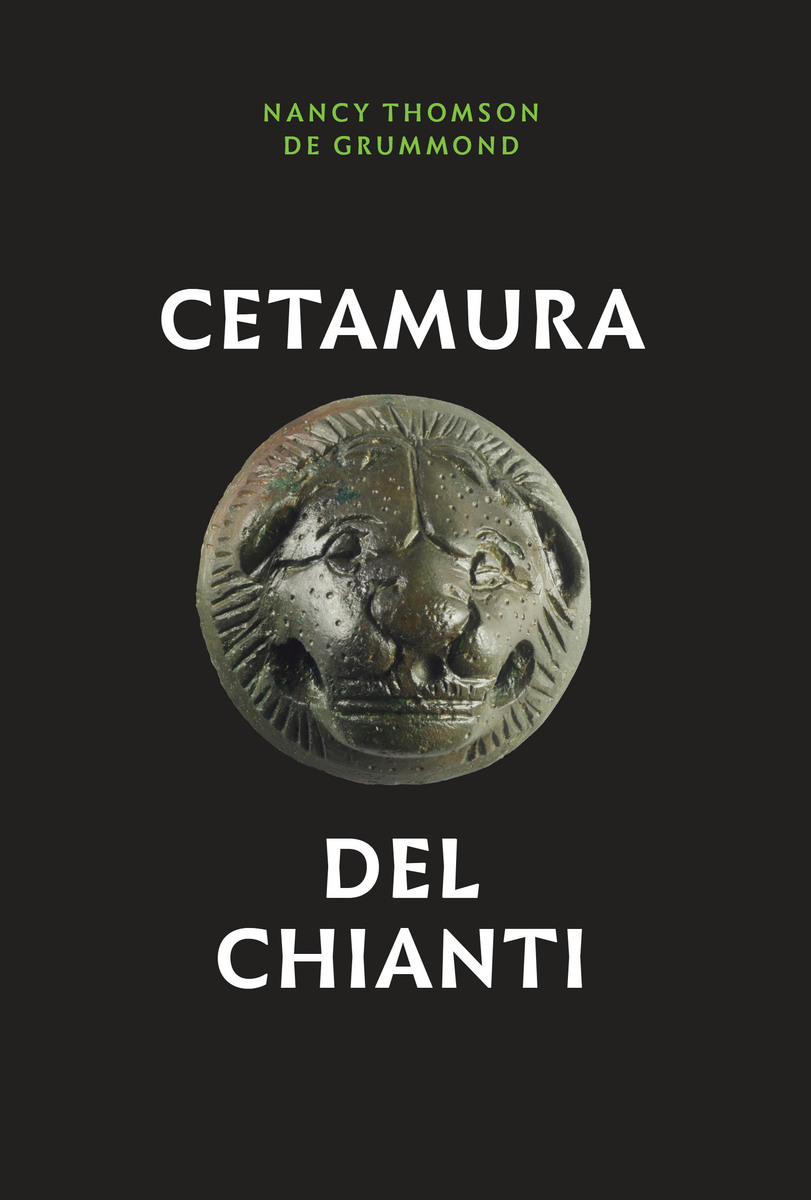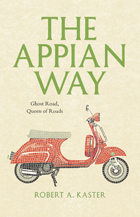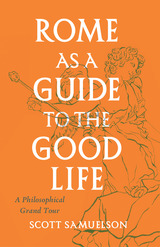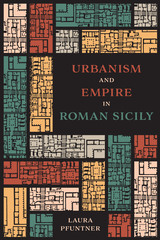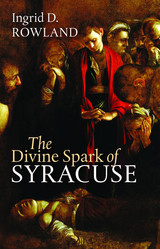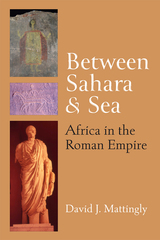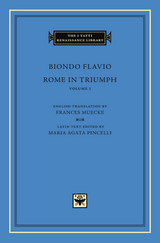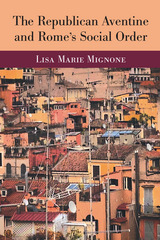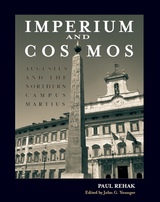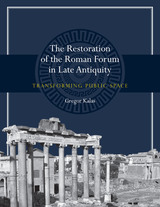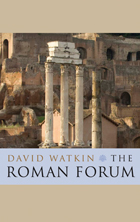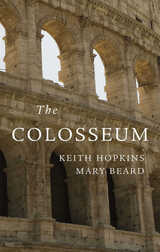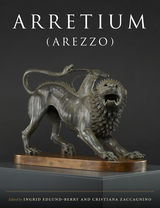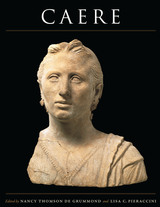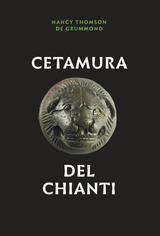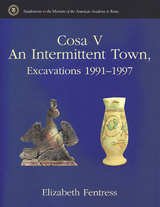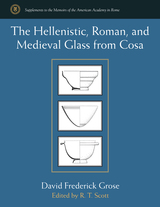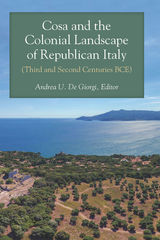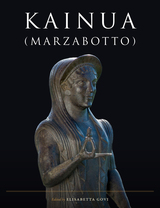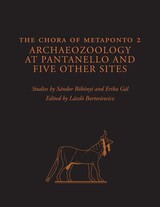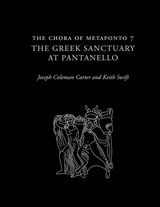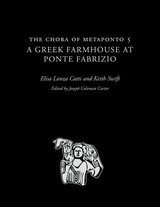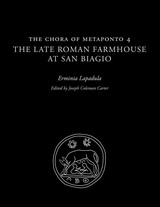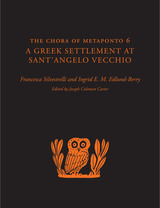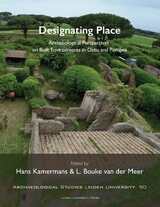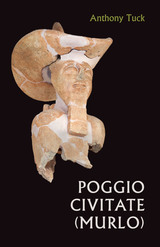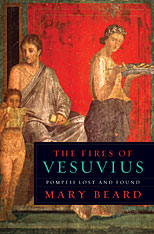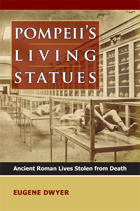Cloth: 978-1-4773-1910-9 | Paper: 978-1-4773-1993-2 | eISBN: 978-1-4773-1912-3 (ePub) | eISBN: 978-1-4773-1911-6 (PDF)
Library of Congress Classification DG70.C398D4 2020
Dewey Decimal Classification 937.568
Expanding the study of Etruscan habitation sites to include not only traditional cities but also smaller Etruscan communities, Cetamura del Chianti examines a settlement that flourished during an exceptional time period, amid wars with the Romans in the fourth to first centuries BCE.
Situated in an ideal hilltop location that was easy to defend and had access to fresh water, clay, and timber, the community never grew to the size of a city, and no known references to it survive in ancient writings; its ancient name isn’t even known. Because no cities were ever built on top of the site, excavation is unusually unimpeded. Intriguing features described in Cetamura del Chianti include an artisans’ zone with an adjoining sanctuary, which fostered the cult worship of Lur and Leinth, two relatively little known Etruscan deities, and ancient wells that reveal the cultural development and natural environment, including the vineyards and oak forests of Chianti, over a period of some six hundred years. Deeply enhancing our understanding of an intriguing economic, political, and cultural environment, this is a compelling portrait of a singular society.
See other books on: de Grummond, Nancy Thomson | Etruscans | Excavations (Archaeology) | Italy | Romans
See other titles from University of Texas Press
